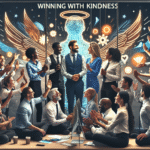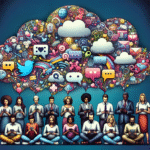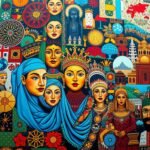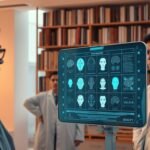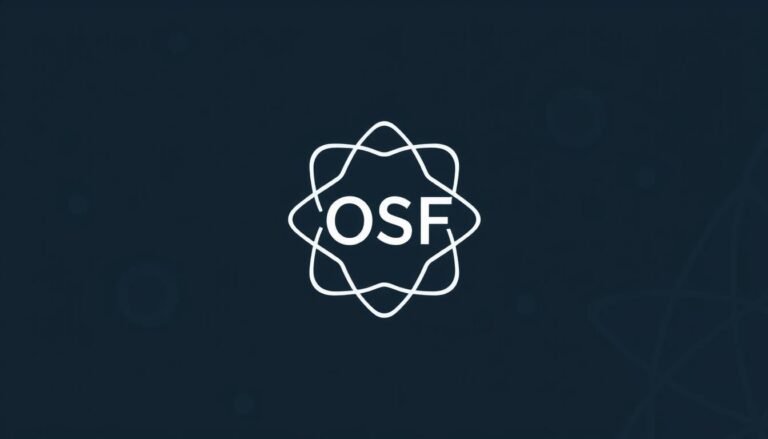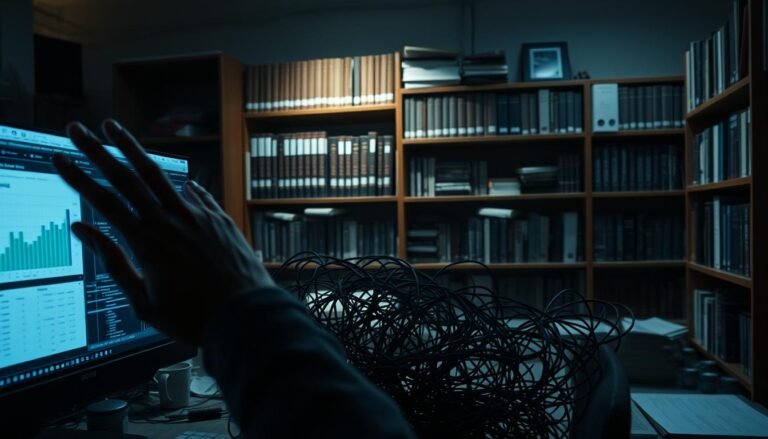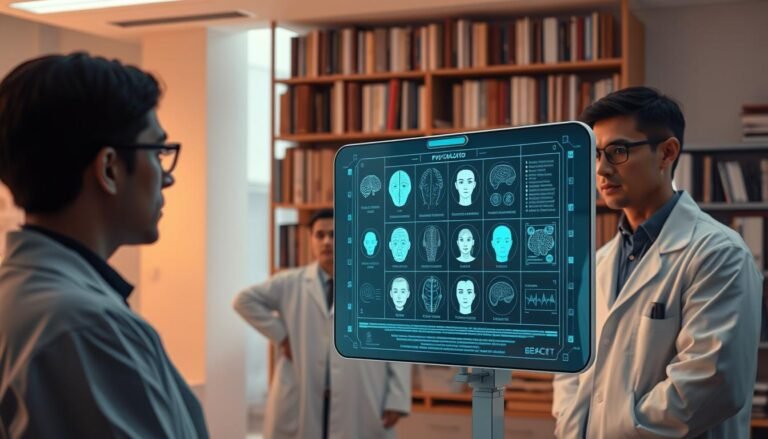Coloring Outside the Lines: The Unique Perspectives of Artists with Learning Challenges
Introduction
Art has always been a powerful medium of expression, a way to communicate emotions, ideas, and experiences that may be difficult to capture in words. But what happens when the artist’s journey is textured with the complexities of learning challenges? This article, "Coloring Outside the Lines: The Unique Perspectives of Artists with Learning Challenges," delves into the rich tapestry of creativity that arises from those who navigate the world differently. In examining these unique perspectives, we uncover not just the challenges faced, but the extraordinary beauty that often stems from them.
The Intersection of Art and Learning Challenges
Learning challenges, such as dyslexia, ADHD, and autism, often paint a picture of struggle. However, they also foster an unparalleled approach to creativity, often leading to innovations in artistic expression. Artists who learn differently may engage with their art in ways that diverge from conventional techniques, effectively "coloring outside the lines."
Understanding Learning Challenges
Defining Learning Challenges:
Learning challenges encompass a range of difficulties that impact how individuals process information. This can include:
- Dyslexia: Difficulty in reading and interpreting words.
- ADHD: Challenges with attention and impulse control.
- Autism Spectrum Disorder (ASD): A diverse range of conditions affecting social interaction, communication, and behavior.
These learning differences can bring unique perspectives, fuel imagination, and shape distinctive styles.
The Power of Perspective
Artists with learning challenges frequently encounter the world in ways that allow them to forge deep connections with their art. This distinctive viewpoint serves as a catalyst, offering a new lens through which the audience can perceive familiar themes.
Case Study: Vincent van Gogh
Every conversation about artists with learning challenges often brings Vincent van Gogh to the forefront. Van Gogh, believed to have experienced symptoms of ADHD and depression, produced groundbreaking work during his lifetime—though he remained largely unrecognized until after his death. His expressive brushwork, vibrant colors, and emotional depth in paintings such as "Starry Night" illustrate how personal struggles can lead to transcendent beauty.
Analysis:
Vincent’s emotional turbulence became a raw, honest expression in his art. His ability to convey feelings through visual language is a perfect example of how "coloring outside the lines" allows for various interpretations that reflect both personal challenges and universal themes.
Table: Different Learning Challenges and Their Impact on Art
| Learning Challenge | Impact on Art | Notable Artists |
|---|---|---|
| Dyslexia | Often leads to nonlinear thinking, resulting in abstract art forms | Pablo Picasso |
| ADHD | Increased creativity, risk-taking in artistic approaches | Basquiat |
| Autism Spectrum | Attention to detail allows for unique craftsmanship and perspective | Temple Grandin |
The Artistic Process: Embracing Chaos
For many artists, particularly those with learning challenges, the artistic process may feel chaotic but ultimately liberating. Rather than adhering to conventional methods, they are often driven by intuition and feeling.
Embracing Imperfection
Many artists with learning challenges embrace imperfection as part of their creative expression. This acceptance exemplifies the true essence of "coloring outside the lines."
Take, for example, the work of Jean-Michel Basquiat. His graffiti art and Neo-expressionist paintings—often filled with raw emotion and spontaneous brushstrokes—embody the beauty of imperfection. Rather than striving for technical accuracy, Basquiat’s art pulsates with energy, offering an authentic glimpse into his unique perspective.
The Role of Support and Community
Support systems play a critical role in empowering artists with learning challenges to thrive. From mentorship programs to inclusive art schools, fostering creative environments encourages these artists to explore without inhibition.
Case Study: The Art Therapy Movement
The rise of art therapy emerged as a harmonious blend of psychology and creativity. Pioneers like Edith Kramer highlighted how artistic expression can benefit individuals facing emotional and cognitive challenges. Research has shown that art therapy can improve self-esteem, reduce anxiety, and foster emotional healing — especially for those with learning difficulties.
Art therapy can become a transformative process, enabling participants to navigate their experiences while developing a unique voice within diverse artistic landscapes.
The Impact of Technology
Advancements in technology have opened doors for artists with learning challenges, enabling them to experiment and create in innovative ways. From digital art tools to assistive technology, resources are reshaping the creative landscape.
Case Study: Digital Tools in Art Creation
The rise of applications like Procreate has allowed artists like Craig McDean, who experiences dysgraphia, to create stunning digital art. Digital platforms remove barriers associated with traditional mediums (e.g., messy materials), allowing for enhanced creativity and fluidity.
Analysis:
By marrying technology with artistry, Craig illustrates how innovations enhance creative freedom. Tools can serve as amplifiers, allowing diverse voices in the art community to thrive without being hindered by traditional learning challenges.
Breaking Stereotypes
"Misperceptions about artists with learning challenges often lead to underestimation of their skill and potential." This line encapsulates a crucial issue within the art world. Stereotypes about learning differences can limit opportunities and discourage talent.
Challenging Norms
Panel Discussions and Exhibits
Increasing visibility for artists with learning challenges is essential. Art shows and panel discussions that focus on diversity in the arts allow for conversations that challenge prevailing stereotypes.
Case Study: "Beyond the Lines" Exhibit
The "Beyond the Lines" exhibition, highlighting the work of artists with learning challenges, garnered critical acclaim for emphasizing the power of unique perspectives. Visitors were introduced to artists who defy conventional boundaries, championing creativity as an essential aspect of human experience.
Analysis:
The showcase breaks down stereotypes by highlighting the intricate connections between life experiences and artistic interpretation. The narratives surrounding the artists reveal a shared goal: to inspire others through their work while promoting understanding and acceptance.
The Value of Diverse Voices
Artists with learning challenges contribute diverse voices to the art world, enriching it with new ideas and perspectives. Their unique insights foster innovation, ultimately benefitting the art community as a whole.
Case Study: The Global Art Community
Global initiatives support and showcase artists with learning challenges, amplifying their impact. Organizations like "Arts Access" and "VSA" (Very Special Arts) focus on art as a means of expression and inclusion.
Notable exhibitions organized by these organizations emphasize collaboration, empowering artists to share their stories while reinforcing the idea that art transcends barriers.
Conclusion
"Coloring Outside the Lines: The Unique Perspectives of Artists with Learning Challenges" is more than a thematic exploration; it’s a celebration of the powerful narratives that arise from environments where diversity is embraced. Each artist’s journey is a testament to overcoming hurdles and reimagining the world through an extraordinary lens.
By encouraging creativity, fostering inclusive environments, and providing support, we unlock a wellspring of talent and innovation. Let us challenge perceptions, celebrate uniqueness, and open our hearts and minds to the transformative power of art — reminding ourselves that sometimes, the most beautiful expressions come from those who choose to color outside the lines.
FAQs
1. What are learning challenges?
Learning challenges encompass a range of difficulties that impact how individuals process and engage with information, including dyslexia, ADHD, and autism.
2. How do learning challenges affect artists?
These challenges can shape a unique artistic perspective, often leading to innovative styles and methods of expression.
3. Can technology help artists with learning challenges?
Yes! Advancements in technology provide tools that make artistic expression more accessible and adaptable, allowing artists to explore creative avenues more freely.
4. Why is it important to support artists with learning challenges?
Supporting these artists empowers them to share their unique perspectives, fostering inclusion and diversity in the art community, while breaking down stereotypes and preconceptions.
5. How can I get involved in supporting artists with learning challenges?
You can support through volunteering, attending inclusive art exhibitions, advocating for accessibility in the arts, or donating to organizations that champion artists with learning challenges.
This article aimed to provide a comprehensive exploration of the unique perspectives of artists with learning challenges, illustrating the richness and depth of creativity that emerges when individuals learn to color outside the lines.


